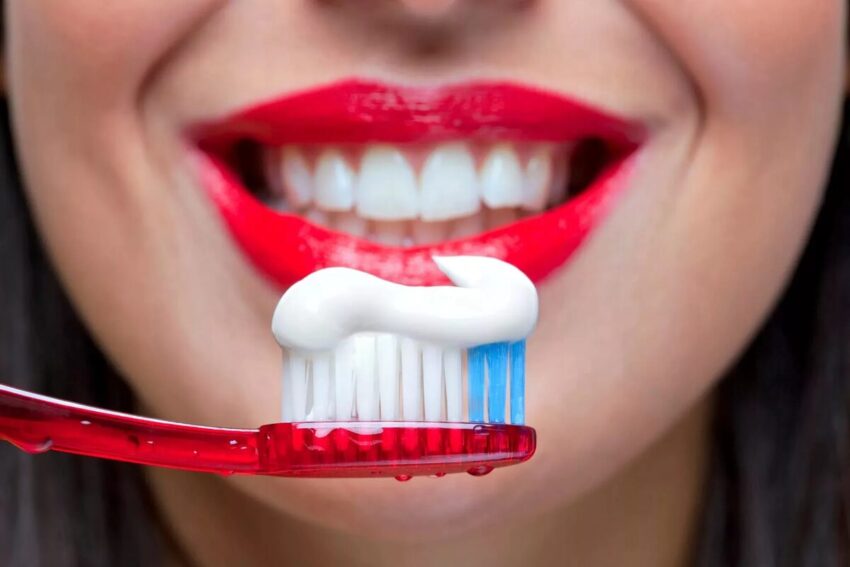An Emerging Global Issue
Tooth sensitivity has become a widespread problem affecting people in all parts of the world. According to the American Dental Association, nearly 40% of adults worldwide report suffering from sensitive teeth at some point. The issue seems to be growing more prevalent as well, likely due to lifestyle and dietary factors. Tooth sensitivity can range from mild to severe, causing discomfort or pain in response to stimuli like hot, cold, sweet or acidic foods and drinks. For many sufferers, it negatively impacts quality of life by limiting what they can comfortably eat or drink.
Regional Differences in Tooth Sensitivity
While tooth sensitivity is a global phenomenon, the severity and causes tend to vary between regions. In developed Western nations like America and Europe, rates are highest due to aging populations and increased sugar consumption over lifetimes. Among younger demographics, risk factors like acid erosion from sports drinks have played a role. In contrast, developing Asian and Latin American countries report intermediate prevalence linked more to inadequate fluoride exposure and poor oral hygiene standards in some areas. Tooth sensitivity appears least prevalent in Africa, though the true rates may be underreported due to lack of dental care access in parts of the continent. Overall, sensitivity issues are found worldwide but differ markedly based on a region’s stage of development and oral health challenges.
Specialized Products Arise to Meet Growing Need
As the scale of the tooth sensitivity crisis became apparent, oral care manufacturers responded by developing targeted products aimed at relieving this problem. The early 2000s saw a surge in specialized sensitive toothpastes hitting global markets. These pastes are formulated to address the root causes of sensitivity through mechanisms like dentin tubule occlusion, nerve desensitization, and remineralization enhancement. They often contain potassium nitrate or strontium chloride as the key active ingredients clinically proven to reduce neural hypersensitivity. Beyond these actives, they may feature additional benefits like whitening or tartar control.
The Global Toothpaste Wars
With Sensitivity Toothpaste proving highly profitable, rival companies launched their own branded versions. Major multinational corporations like Colgate, Sensodyne, Crest and Toms of Maine now dominate shelf space worldwide with sensitivity lines. Meanwhile, discount private label brands have carved out market share as well. Fierce competition drives constant reinvention, from tube innovations to new clinically-tested ingredients. Television, internet and store promotions blanket all regions, as brands battle for consumer loyalty. Countries too poor to previously afford toothpaste now see imported sensitivity brands at affordable prices. Today’s globalized marketplace means those suffering from sensitive teeth have access to specialty paste nearly everywhere on Earth, if they know where to look.
Western Europe Leads Sensitization Trend
Western European nations have historically displayed the highest adoption rates for sensitivity toothpaste worldwide. Countries like the UK, Germany and France popularized these products early on, where aging populations and diligent oral hygiene made the issue familiar. This region is also a trendsetter, often catalyzing new innovations that later spread globally. One major development was the rise of “whitening” variants claiming dual benefits for confidence boosts. With premium brands dominating shelves, a high-value market emerged here first. Mass media campaigns have entrenched awareness over decades as well. Today, sensitivity paste maintains iconic status for oral care in much of Western Europe.
Latin America’s Growth Potential
The oral care sector in Latin America demonstrates huge room for further sensitization. While prevalence of sensitivity is intermediate currently, improving economies and lifestyles are expected to drive future growth in demand. Local production of low-cost private label paste has made it accessible even to those previously unable to afford specialized products. However, major hurdles still exist like large uninsured populations lacking routine dental care access. Public health initiatives aim to boost overall oral hygiene standards through education campaigns and fluoride programs. If successful, they could help reduce risks while growing customer bases for new sensitivity products entering these emerging markets. The competitive toothpaste industry sees Latin America’s sensitivity potential much like developing Asia.
The Asian Sensitization Frontier
Asia’s developing nations are considered a great frontier for expanded sensitivity business. Their diverse array of cultures is united byoral care sectors primed for disruption. In vast population centers like India, China and Indonesia, changing diets high in acids and sugars have catalyzed an impending sensitivity crisis. Early prevention lags behind dental problems in these regions still industrializing. Recognizing a long-term opportunity, global brands are using localized marketing to raise awareness and understanding of their own sensitivity product lines. Their focus on accessible price points and rural distribution is strategically sensitizing new customers for life. When coupled with emerging middle classes’ growing spending power, the Asian market promises huge rewards for early adapting companies that seize its sensitivity potential.
Sensitive toothpaste has emerged as a serious global oral health issue impacting hundreds of millions worldwide. While prevalence differs based on factors like development level and care access, no region is immune. Specialty toothpaste manufacturers answered consumers’ needs by delivering targeted sensitivity paste formulations proven effective. Their rise catalyzed a multi-billion dollar global industry that constantly innovates and expands reach. Although public health hurdles remain, sensitivity products have reached nearly every corner of the planet. For millions suffering discomfort, the variety and accessibility of specialized toothpaste now available worldwide is reshaping oral care norms globally.

